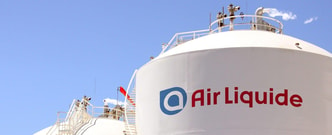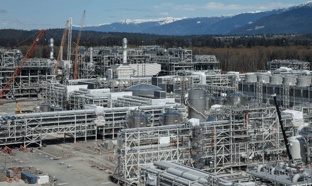A day in the life – Industrial and medical gases in the hospital
Medical gases fulfil a wide variety of roles within the healthcare industry. Given exclusive access behind the scenes, Rob Cockerill spent a day in a public hospital to see where exactly these gases are at greatest effect.
While the rest of the country is a scene of rush hour hustle, bustle and traffic chaos, the mood is distinctly different in a hospital ward in the South West of England.
The theatre is quiet and peaceful as the patient is prepared and the instruments are readied for the approaching surgery, while the medical staff discuss the operation ahead and brief themselves once more. It’s around 9am and in the ENT department at the Royal Cornwall Hospital Treliske (RCHT), and today’s
team are about to perform a delicate operation that will change the patient’s confidence forever.
The patient, about to receive eye surgery to correct a problematic squint, has been anaesthetised by a syringe of Propofol -or ‘Penguin Milk’ as the team affectionately refer to it. Now soundly under and hooked-up to a raft of tubes and cables, the patient is kept under sedation by a mild and steady infusion of sevoflurane, with the inspired and expired levels constantly monitored.
It’s the first scheduled operation of the day for this ENT team and one of hundreds and thousands performed with each passing month and year. The atmosphere is relaxed and all is running both smoothly and efficiently as the surgery gets underway. Central to this is the dependence on medical gases and the effective function these serve within the realm of the
theatre and wider hospital.
... to continue reading you must be subscribed










